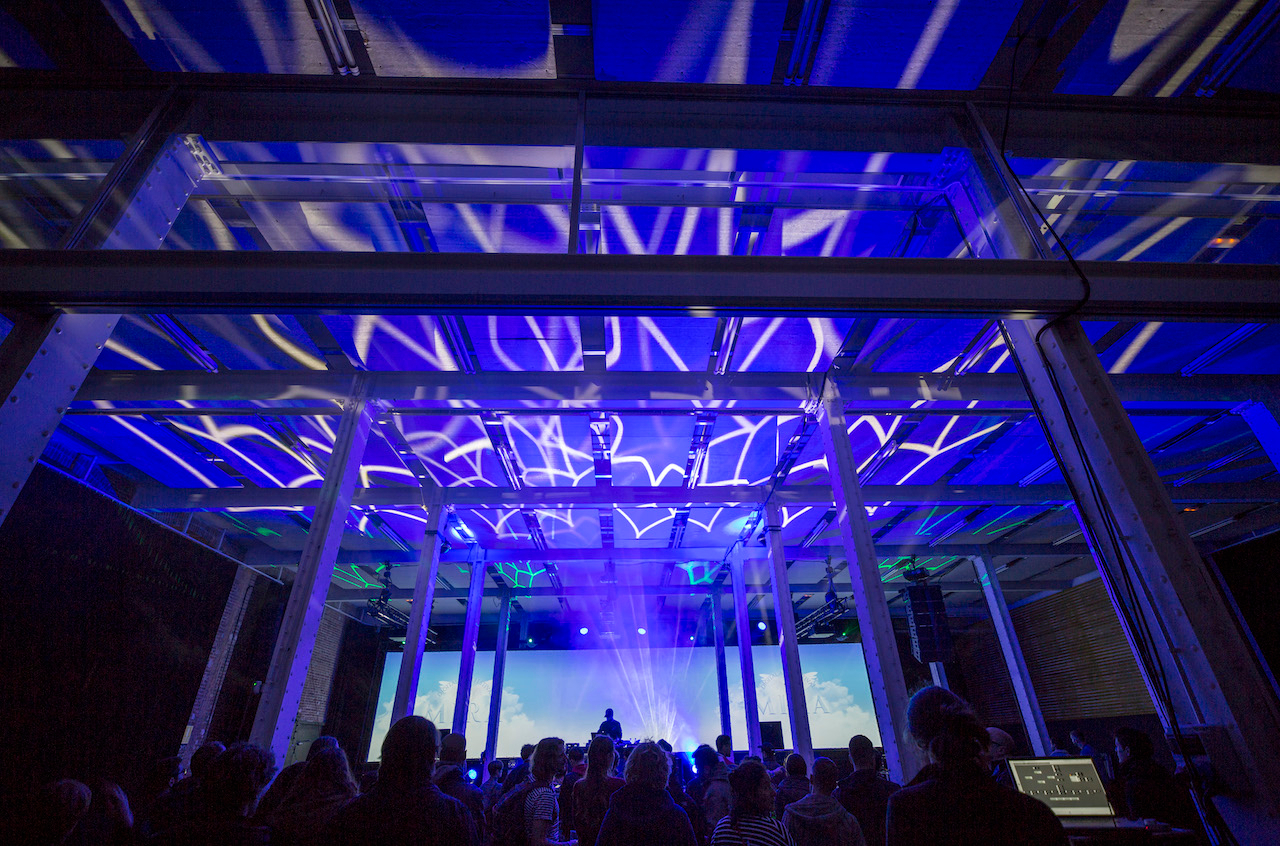- As a genre that's made a virtue out of facelessness, it's little surprise that electronic music has taken so well to the digital arts. There is, after all, only so long you can watch a DJ bobbing their head before your eyes begin to crave something more compelling.
Since 2011, Barcelona's Mira Festival has played a role in promoting this crossover. In 2017, this included everything from roundtable talks and art installations to a 360-degree sound room that used 32 speakers to provide "a multi-sensory trip where the depth of the sound and its movement are perceived." This all went down in Fabra i Coats, a 19th-century spinning mill in the Sant Andreu district that was converted into an art factory. Entering the venue was like stepping into a semi-legal rave where the visuals had been beamed back from the future.
Wolfgang Voigt, performing as Gas, headlined the opening concert, while the festival proper played host to the likes of Powell, James Holden & The Animal Spirits, Ash Koosha, William Basinski and µ-Ziq, with live A/V sets and VJ collaborations the order of the day. Whoever was onstage, you rarely felt under-stimulated.
Funnily enough, one of Mira's very best performances started with incredible visual simplicity. On Saturday evening, William Basinski stood alone behind a bank of equipment, barely moving and bathed in dry ice and sharp white lights. This, he explained, was A Shadow In Time, "a requiem mass for dead friends and heroes," starting with a tribute to David Bowie. He asked the audience to sit and they obliged, waiting in rapt silence as the composer teased beautifully mournful loops from the machines, filling the room with music that was wonderfully evocative and multi-layered, human yet otherworldly.
Fantastic Twins (AKA French producer Julienne Dessagne) took a similarly low-key approach to live performance during her set in the 3D Sound Room on Friday. Visually, there was little to note, and she didn't really test the possibilities of the space. But Dessagne's music—a riot of funky, wonky pop house—was so fresh that it didn't matter. Her opening number, "Shake It," was a particular highlight, showcasing her ability to create intense waves of tension and release that ratcheted up the pressure on the dance floor.
James Holden & The Animal Spirits, who headlined the Friday night, were equally visceral. While the band's debut album was often fascinating, their improvisational approach makes live performance their more natural environment. Sure enough, their music came alive onstage, breathing new life into the psychedelic jams. There was something primal about it, as they teased kinetic power out of hypnotic chord sequences that felt like they could go on forever. Behind them the screens were painted blood red, the work of video producer and VJ Dan Tombs.
Portuguese artist Pedro Maia provided another example of how visual art can lift a musical performance, backdropping the main stage with wonderfully frenetic black and white visuals—all TV static and flashing letters—that gave new depth to Shackleton and Anika's otherwise tepid performance. µ-Ziq was paired with VJ Florence To, who set the Planet Mu boss's tuneful IDM against percussive linear art, which felt less like a complement to the music than an integral part of it.
This successful marriage of adventurous musical programming and audiovisual art created a series of sublime one-off moments that proved far more than the sum of their parts. There are bigger electronic music festivals than Mira, with more headline-grabbing acts and more elegant locations. But its spontaneity was its trump card. By focusing on collaboration, it created something that felt genuinely different, full of winning moments that won't be repeated.
Photo credit /
Toni Rosado
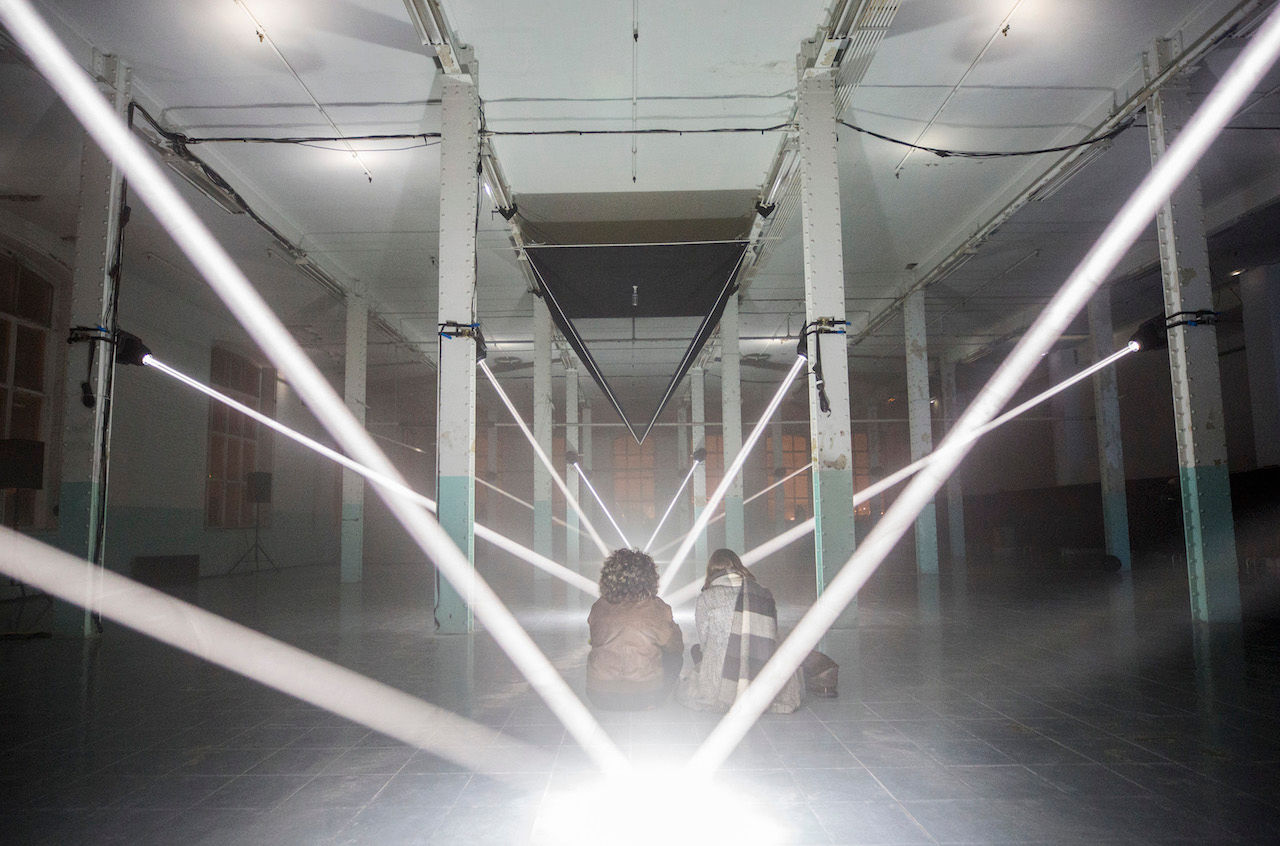 Funnily enough, one of Mira's very best performances started with incredible visual simplicity. On Saturday evening, William Basinski stood alone behind a bank of equipment, barely moving and bathed in dry ice and sharp white lights. This, he explained, was A Shadow In Time, "a requiem mass for dead friends and heroes," starting with a tribute to David Bowie. He asked the audience to sit and they obliged, waiting in rapt silence as the composer teased beautifully mournful loops from the machines, filling the room with music that was wonderfully evocative and multi-layered, human yet otherworldly. Fantastic Twins (AKA French producer Julienne Dessagne) took a similarly low-key approach to live performance during her set in the 3D Sound Room on Friday. Visually, there was little to note, and she didn't really test the possibilities of the space. But Dessagne's music—a riot of funky, wonky pop house—was so fresh that it didn't matter. Her opening number, "Shake It," was a particular highlight, showcasing her ability to create intense waves of tension and release that ratcheted up the pressure on the dance floor.
Funnily enough, one of Mira's very best performances started with incredible visual simplicity. On Saturday evening, William Basinski stood alone behind a bank of equipment, barely moving and bathed in dry ice and sharp white lights. This, he explained, was A Shadow In Time, "a requiem mass for dead friends and heroes," starting with a tribute to David Bowie. He asked the audience to sit and they obliged, waiting in rapt silence as the composer teased beautifully mournful loops from the machines, filling the room with music that was wonderfully evocative and multi-layered, human yet otherworldly. Fantastic Twins (AKA French producer Julienne Dessagne) took a similarly low-key approach to live performance during her set in the 3D Sound Room on Friday. Visually, there was little to note, and she didn't really test the possibilities of the space. But Dessagne's music—a riot of funky, wonky pop house—was so fresh that it didn't matter. Her opening number, "Shake It," was a particular highlight, showcasing her ability to create intense waves of tension and release that ratcheted up the pressure on the dance floor.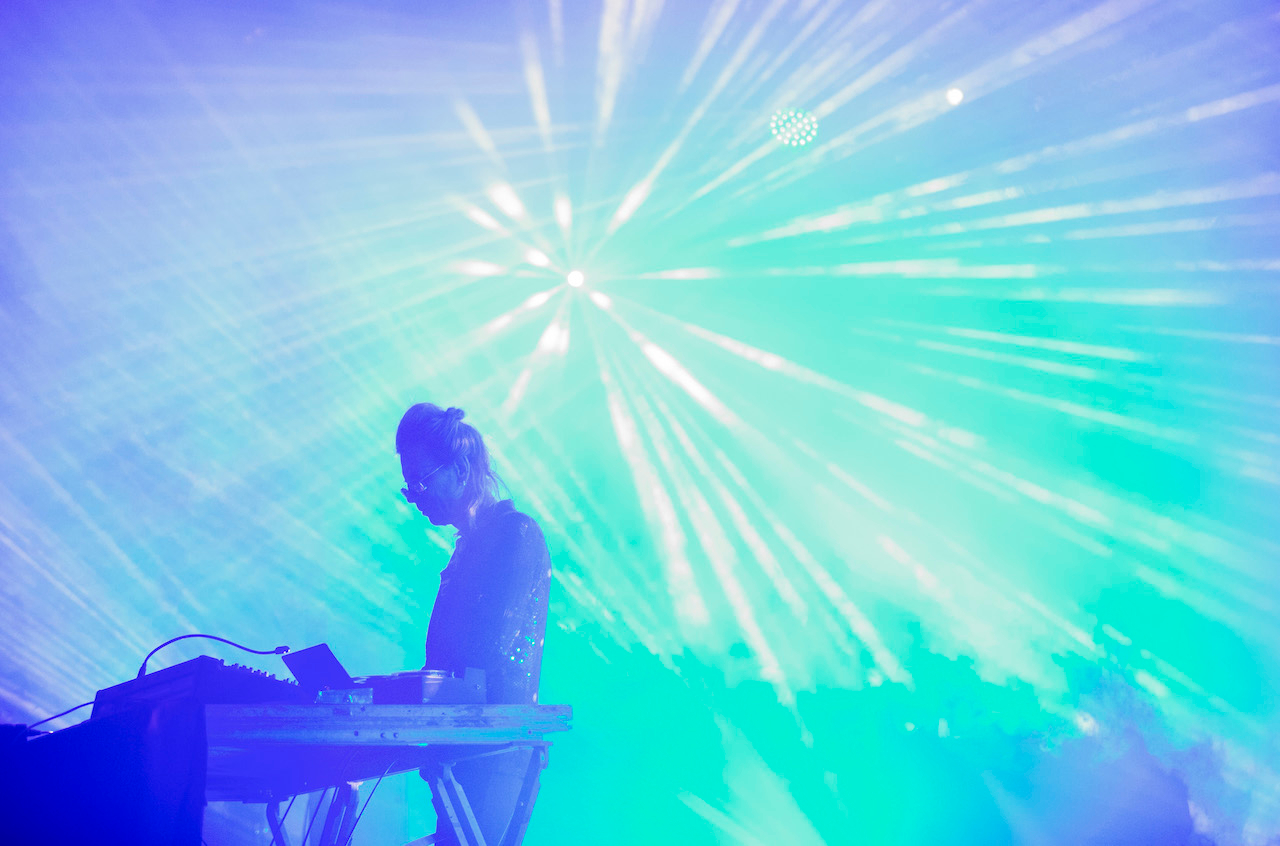
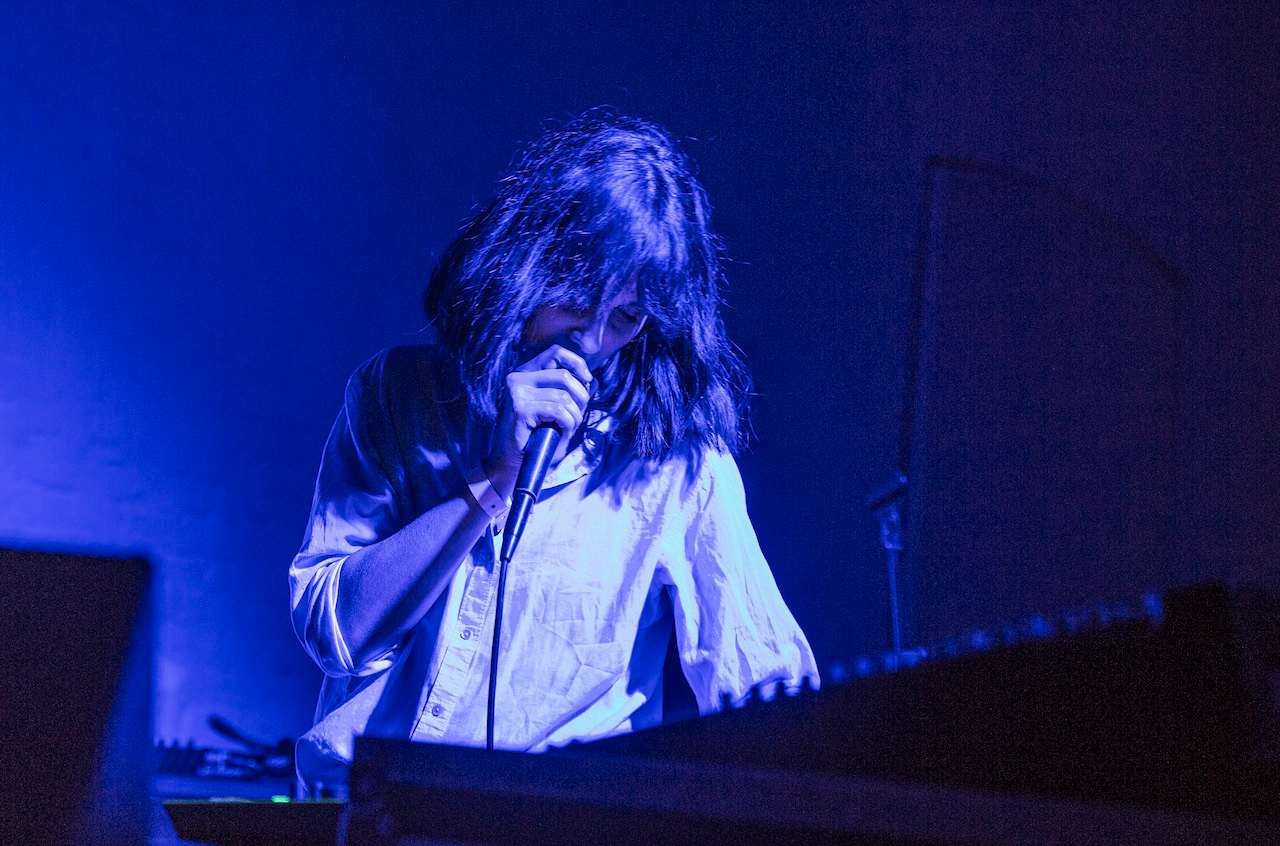 James Holden & The Animal Spirits, who headlined the Friday night, were equally visceral. While the band's debut album was often fascinating, their improvisational approach makes live performance their more natural environment. Sure enough, their music came alive onstage, breathing new life into the psychedelic jams. There was something primal about it, as they teased kinetic power out of hypnotic chord sequences that felt like they could go on forever. Behind them the screens were painted blood red, the work of video producer and VJ Dan Tombs. Portuguese artist Pedro Maia provided another example of how visual art can lift a musical performance, backdropping the main stage with wonderfully frenetic black and white visuals—all TV static and flashing letters—that gave new depth to Shackleton and Anika's otherwise tepid performance. µ-Ziq was paired with VJ Florence To, who set the Planet Mu boss's tuneful IDM against percussive linear art, which felt less like a complement to the music than an integral part of it.
James Holden & The Animal Spirits, who headlined the Friday night, were equally visceral. While the band's debut album was often fascinating, their improvisational approach makes live performance their more natural environment. Sure enough, their music came alive onstage, breathing new life into the psychedelic jams. There was something primal about it, as they teased kinetic power out of hypnotic chord sequences that felt like they could go on forever. Behind them the screens were painted blood red, the work of video producer and VJ Dan Tombs. Portuguese artist Pedro Maia provided another example of how visual art can lift a musical performance, backdropping the main stage with wonderfully frenetic black and white visuals—all TV static and flashing letters—that gave new depth to Shackleton and Anika's otherwise tepid performance. µ-Ziq was paired with VJ Florence To, who set the Planet Mu boss's tuneful IDM against percussive linear art, which felt less like a complement to the music than an integral part of it.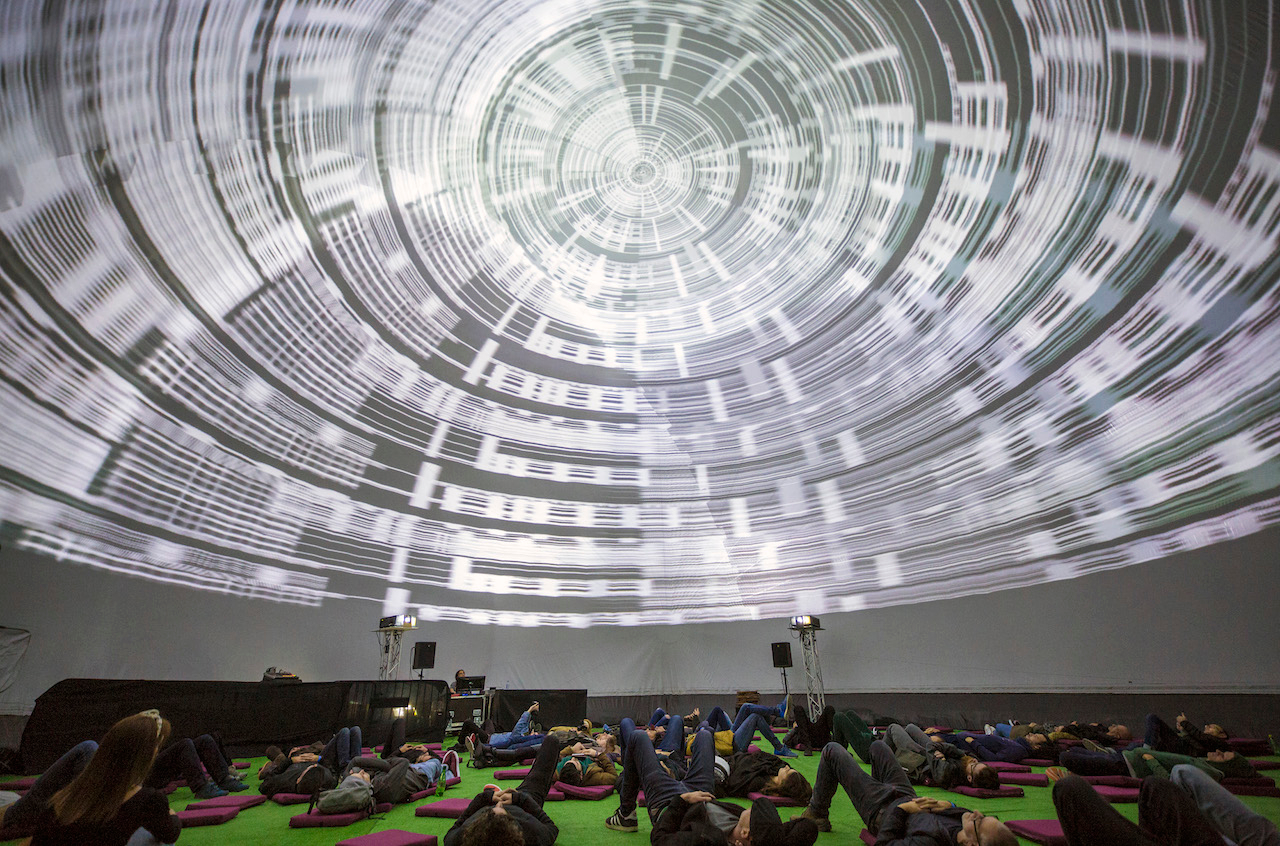
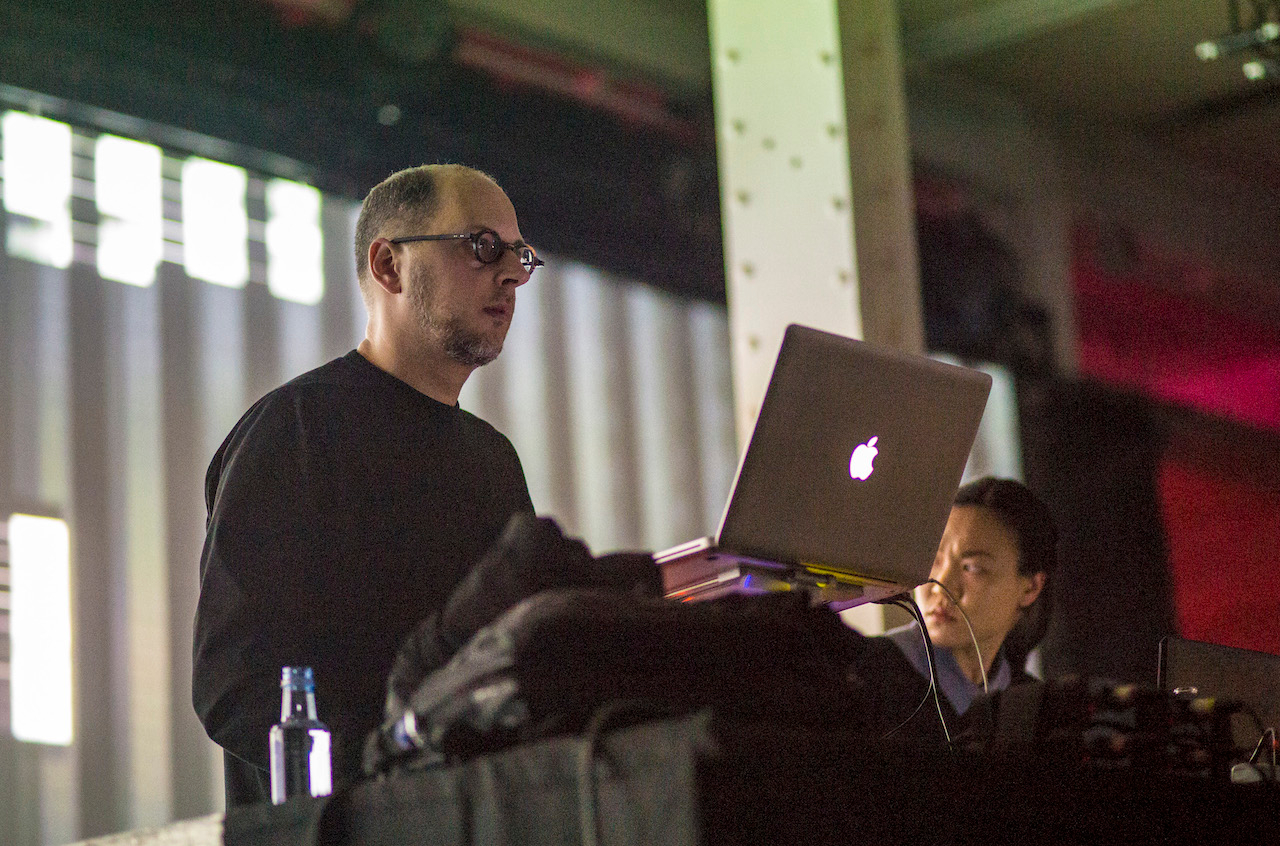 This successful marriage of adventurous musical programming and audiovisual art created a series of sublime one-off moments that proved far more than the sum of their parts. There are bigger electronic music festivals than Mira, with more headline-grabbing acts and more elegant locations. But its spontaneity was its trump card. By focusing on collaboration, it created something that felt genuinely different, full of winning moments that won't be repeated. Photo credit / Toni Rosado
This successful marriage of adventurous musical programming and audiovisual art created a series of sublime one-off moments that proved far more than the sum of their parts. There are bigger electronic music festivals than Mira, with more headline-grabbing acts and more elegant locations. But its spontaneity was its trump card. By focusing on collaboration, it created something that felt genuinely different, full of winning moments that won't be repeated. Photo credit / Toni Rosado